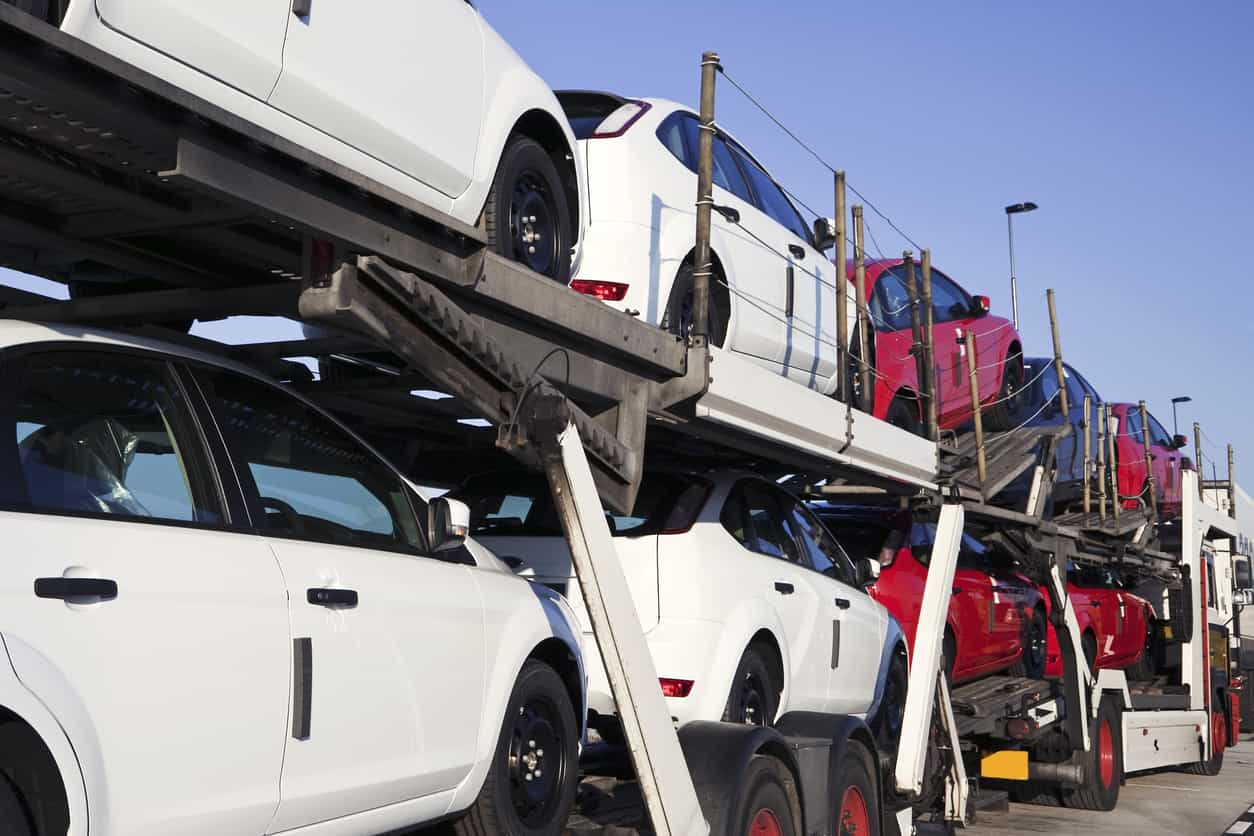Introduction: Thrifty Transportation
Shipping your car from one state to another doesn’t have to break the bank. With the right knowledge and strategies, you can access discounted options that deliver both value and safety for your vehicle. In this article, we navigate the U.S. landscape of car shipping, providing detailed information about economical alternatives and tips on how to make the most of your budget.
Leveraging Off-Peak Seasons for Shipping
One powerful strategy for discounted car shipping is scheduling your move during off-peak seasons. These periods see fewer people looking to transport their vehicles, leading to lower prices.
The Quiet Winter Months
When shipping within the contiguous U.S., consider winter, particularly January and February, as ideal months for cost savings. This season often comes with reduced demand, which typically translates into more affordable rates. However, note that severe weather conditions may potentially delay transportation.
Dodging the Summer Surge
In contrast, summer months (May to September) often experience high demand for car shipping services. Families frequently relocate during this period, while many car enthusiasts transport classic cars to shows. As a result, the increased demand leads to higher shipping costs.
Understanding Regional Variables
Different regions in the U.S. have unique factors influencing the cost of car shipping. By understanding these variables, you can adjust your plans for more affordable options.
The Snowbirds’ Impact
States like Florida and Arizona see an influx of “snowbirds,” or seasonal migrants from colder states, in the winter months. This migration increases the demand for car shipping services, which may inflate prices. Conversely, when snowbirds return north for the summer, you may find cheaper shipping options heading south to these states.
Rural vs. Urban Areas
Shipping to or from rural areas often costs more due to the additional time and fuel required to reach these locations. Therefore, if possible, arranging pickup or delivery in nearby urban areas can result in significant savings.
Making Use of Open Carriers
Choosing the right type of carrier is crucial in reducing shipping costs. Open carriers, compared to their enclosed counterparts, offer a more economical choice.
The Open Carrier Advantage
Open carriers, which expose vehicles to external elements, are the most common method of car transport. They carry more vehicles at once, making them a cost-effective option for shippers.
Enclosed Carrier Considerations
Enclosed carriers provide protection from weather and road debris but come at a higher cost. Unless you’re shipping a classic, luxury, or highly valuable car, the extra expense might not be necessary.
Securing Discounts and Deals
Many car shipping companies offer discounts that can significantly reduce the cost of services. Knowing how to secure these deals can result in considerable savings.
Early Bird Discounts
Some companies provide discounts to customers who book their shipping well in advance. Early planning not only ensures availability but also helps you save money.
Military and First Responder Discounts
Many car shipping companies offer special discounts to active and retired military personnel, first responders, and their families. If you belong to these groups, don’t forget to inquire about these potential savings.
Conclusion: Savvy Savings for Smooth Shipping
Efficient car shipping doesn’t necessarily require a hefty investment. By understanding regional variables, leveraging off-peak seasons, choosing cost-effective carriers, and taking advantage of available discounts, you can make smart choices that maximize your savings.
FAQs
1. How can I save money when shipping my car across states?
Taking advantage of off-peak seasons, choosing open carriers, booking services well in advance, and availing of potential discounts can help you save on car shipping costs.
2. When is the best time to ship my car for the lowest cost?
Generally, the winter months, particularly January and February, offer lower car shipping rates due to reduced demand.





